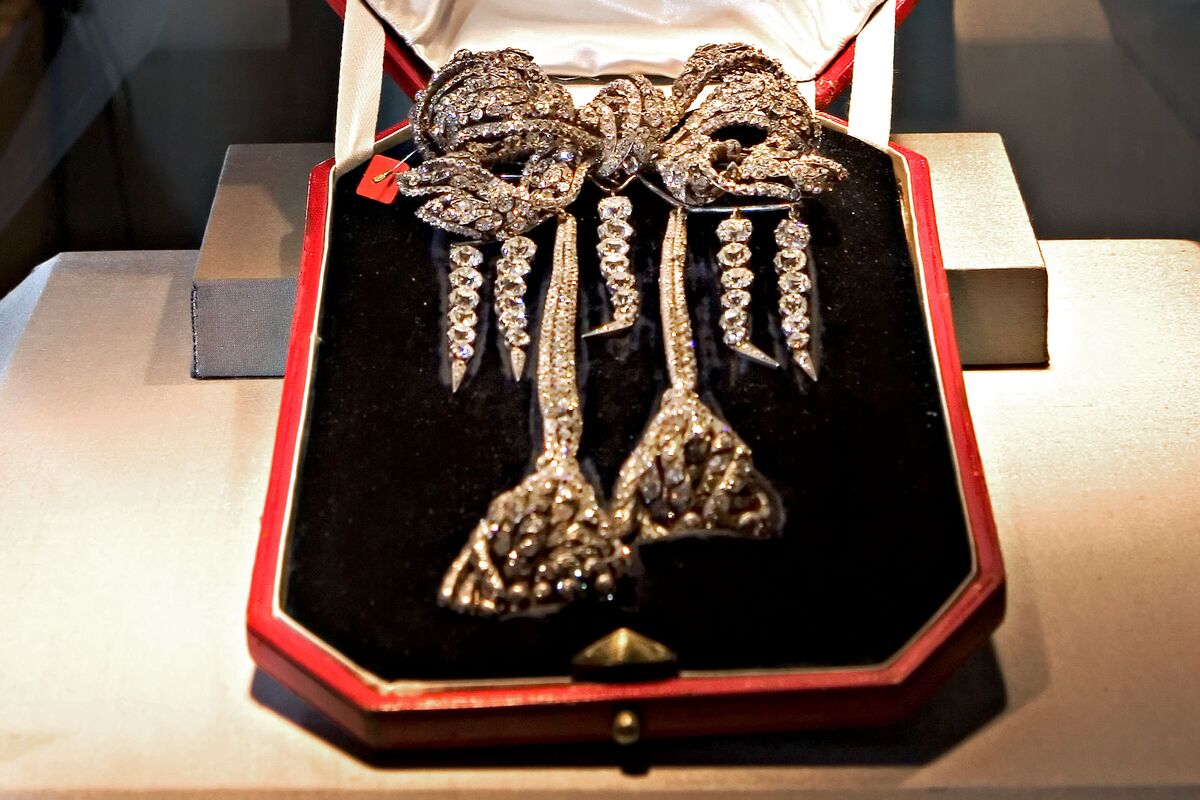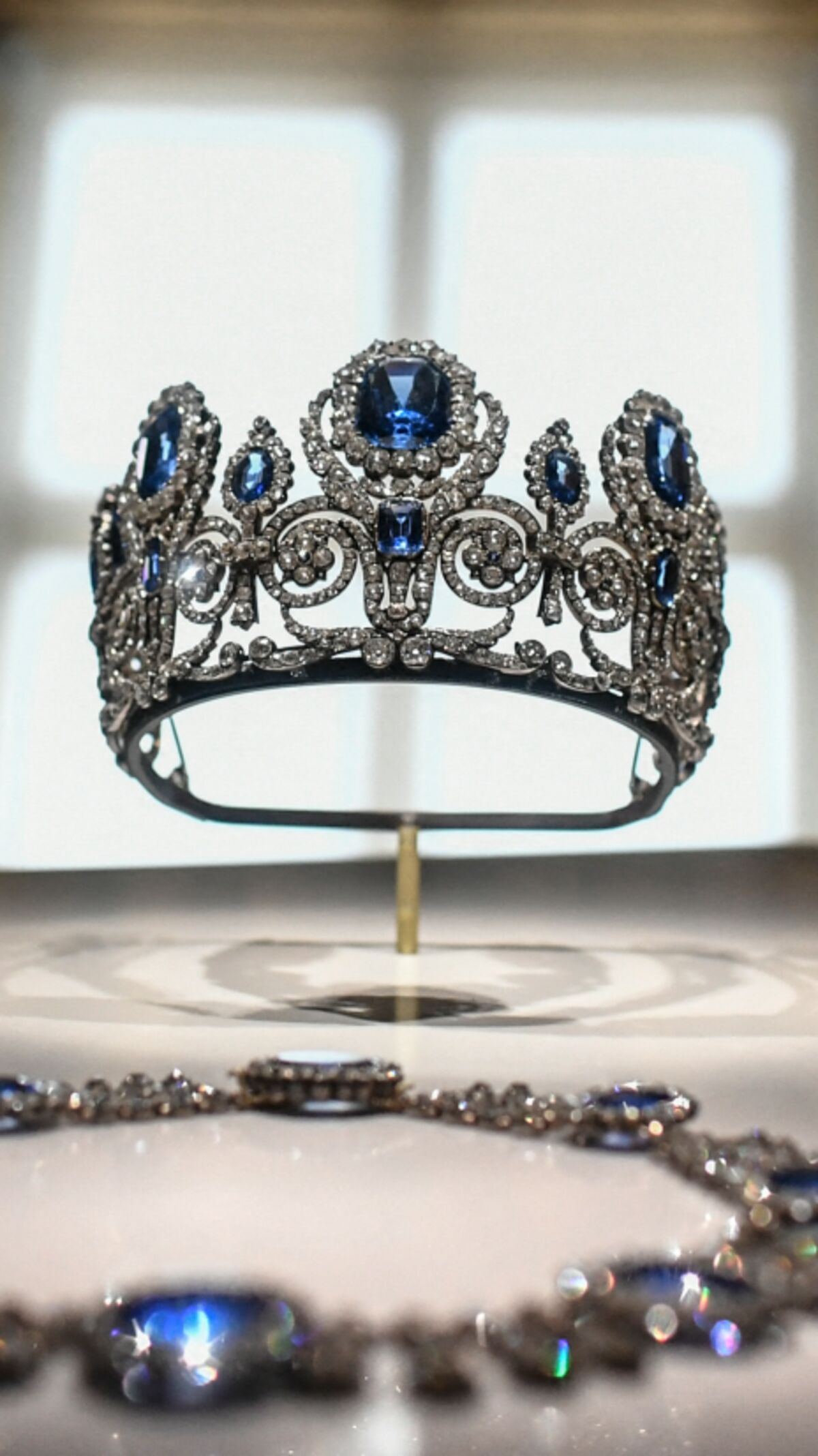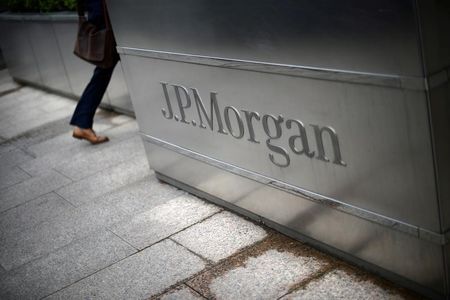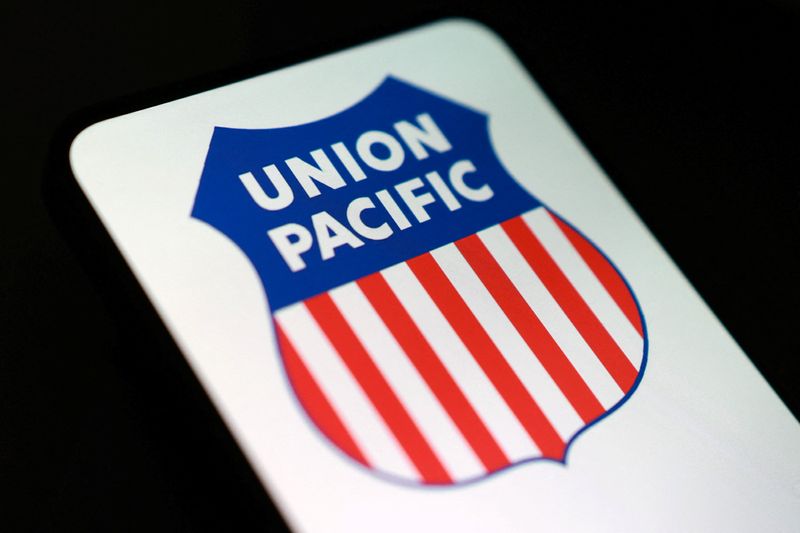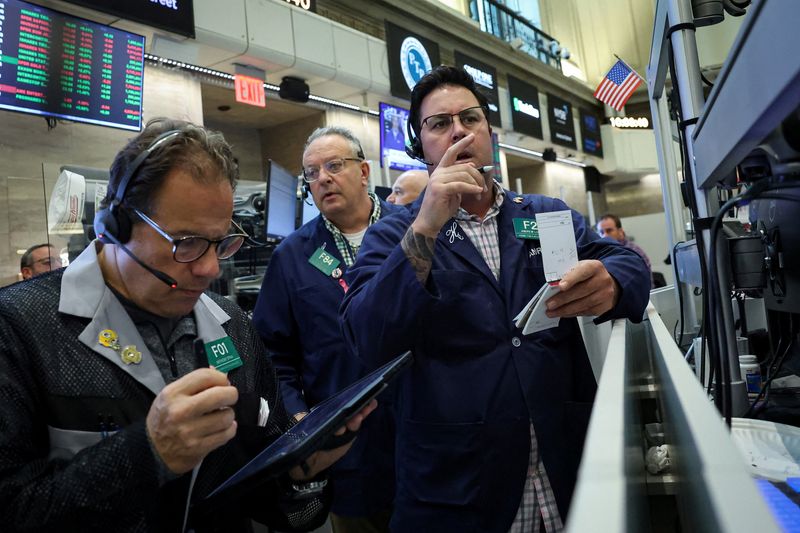Why Weren’t the Jewels Stolen From the Louvre Insured?
NegativeFinancial Markets

In a shocking daylight heist, thieves made off with over $100 million worth of jewelry from the Louvre Museum, leaving the institution without compensation due to the lack of insurance. This incident raises serious questions about security measures at one of the world's most famous museums and the implications for art and cultural heritage protection. The museum's recent reopening adds to the irony, as it now faces scrutiny over its preparedness to safeguard invaluable artifacts.
— Curated by the World Pulse Now AI Editorial System
